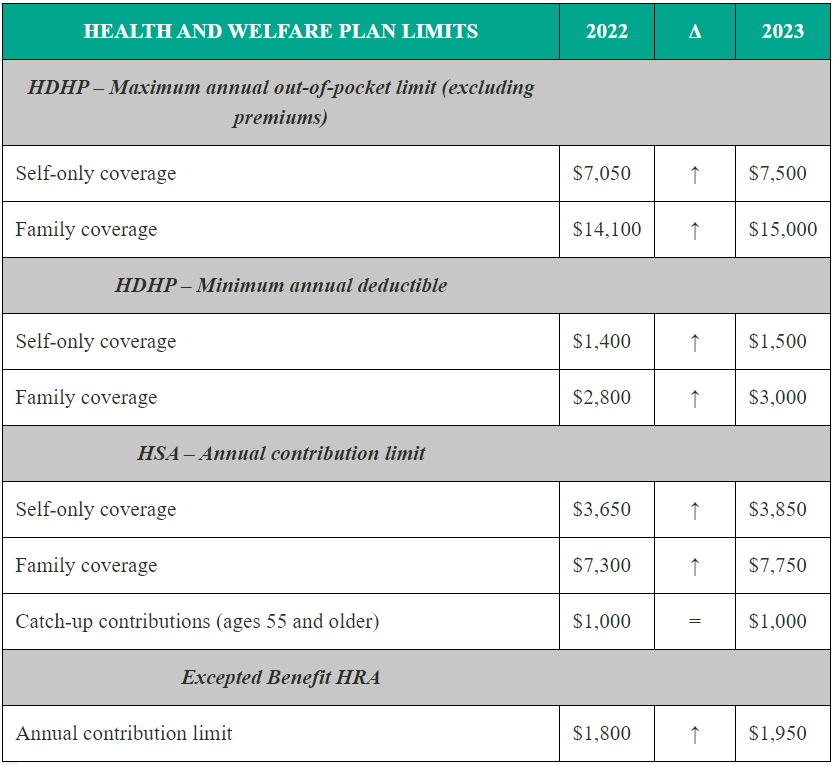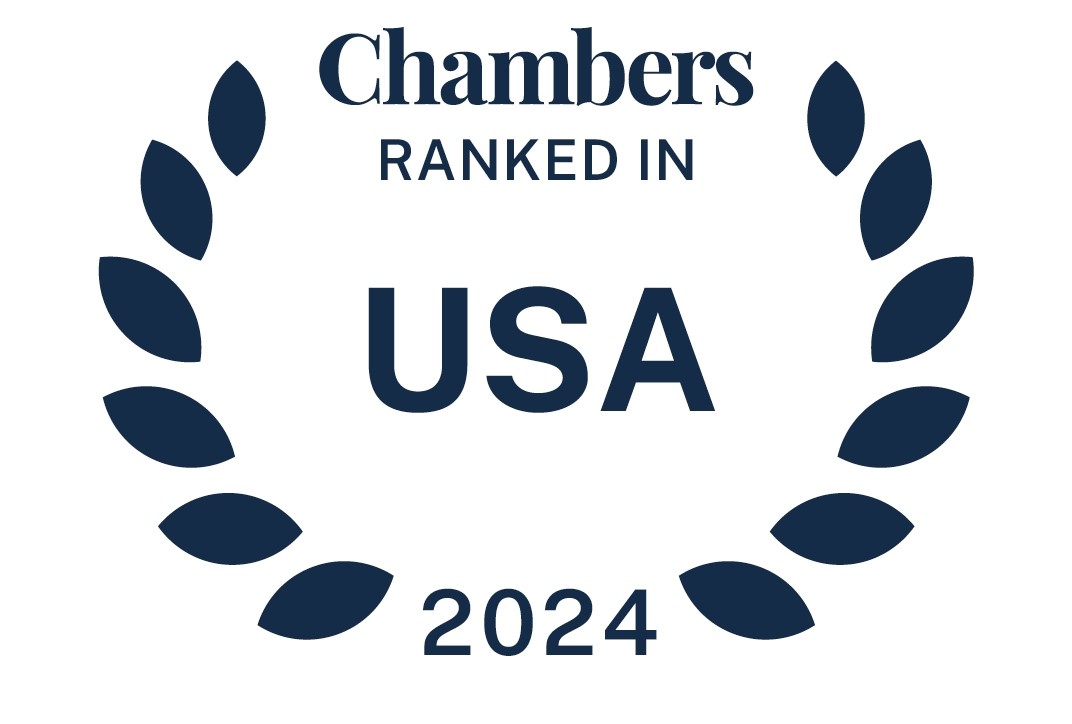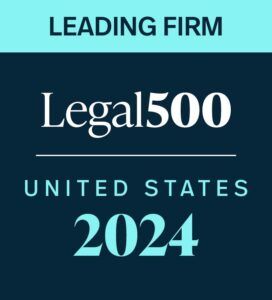The Consolidated Appropriations Act (CAA), 2023 (Public Law 117-328), extended certain key virtual care flexibilities instituted during the COVID-19 public health emergency through December 31, 2024. This includes the telehealth safe harbor for health savings account-eligible high deductible health plans. Without congressional action, these waivers and flexibilities will end on December 31, 2024.
Read the latest update from McDermott+ for more information on these policies, relevant regulatory and congressional action, and the likelihood of further extensions before the end of this year.
read more

 Subscribe
Subscribe





